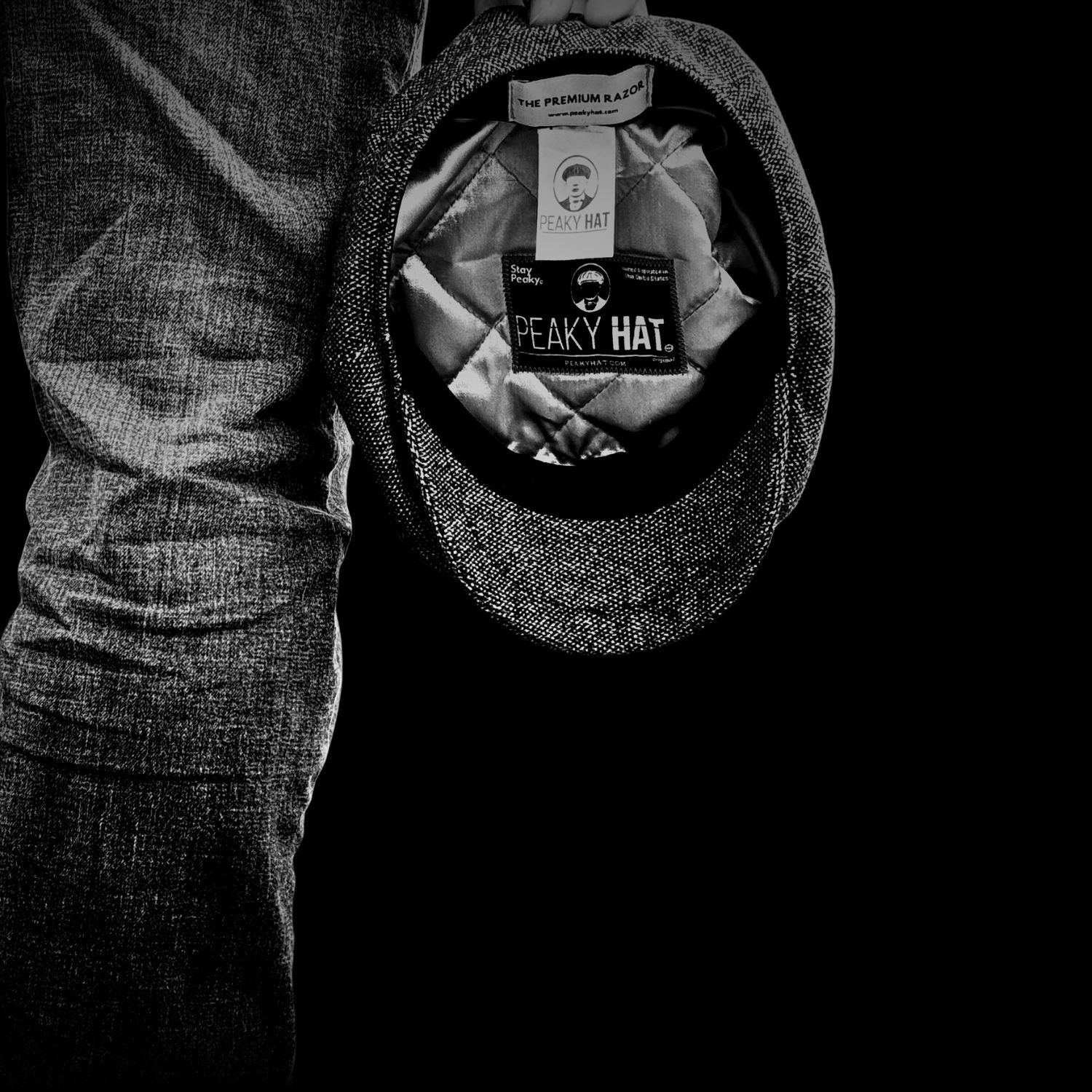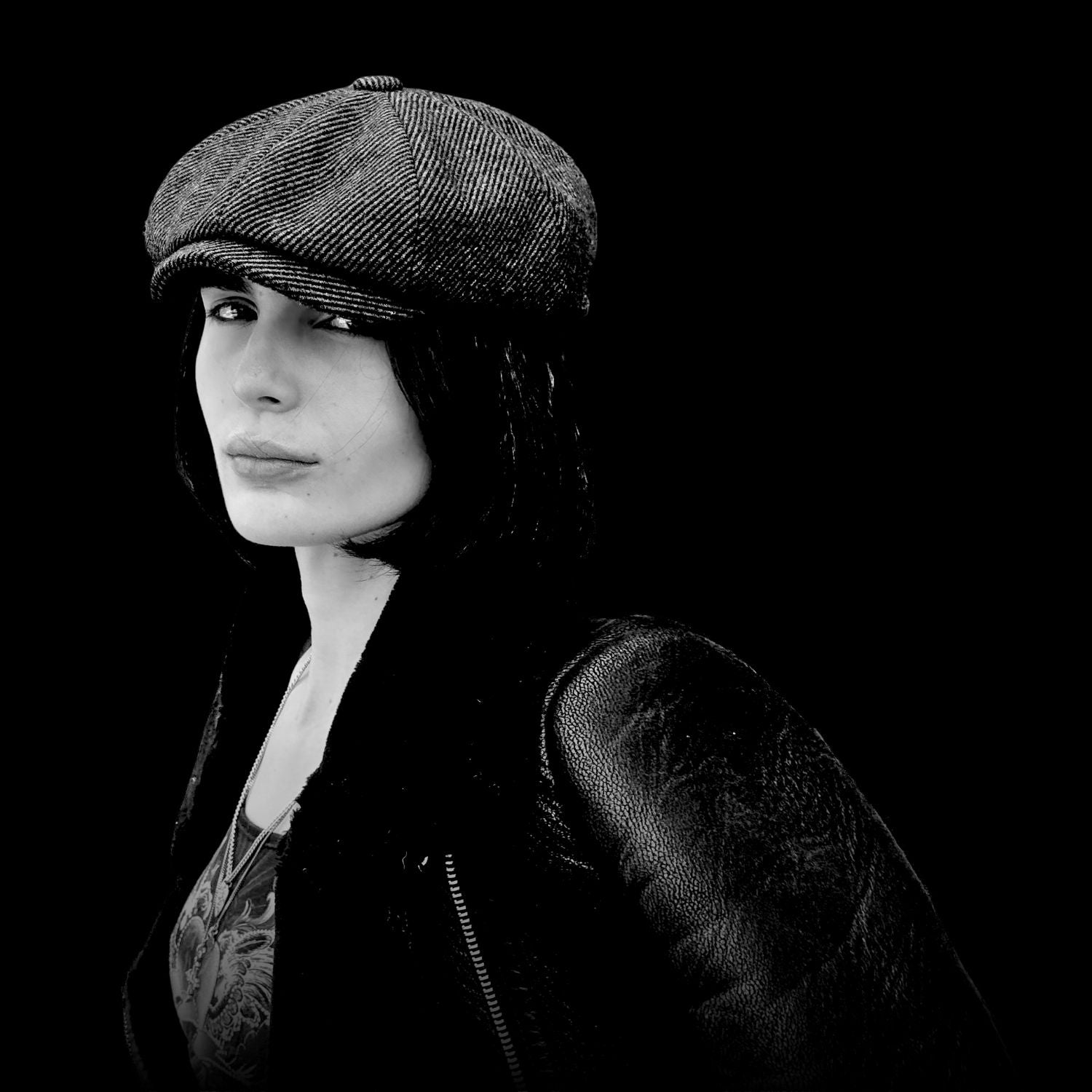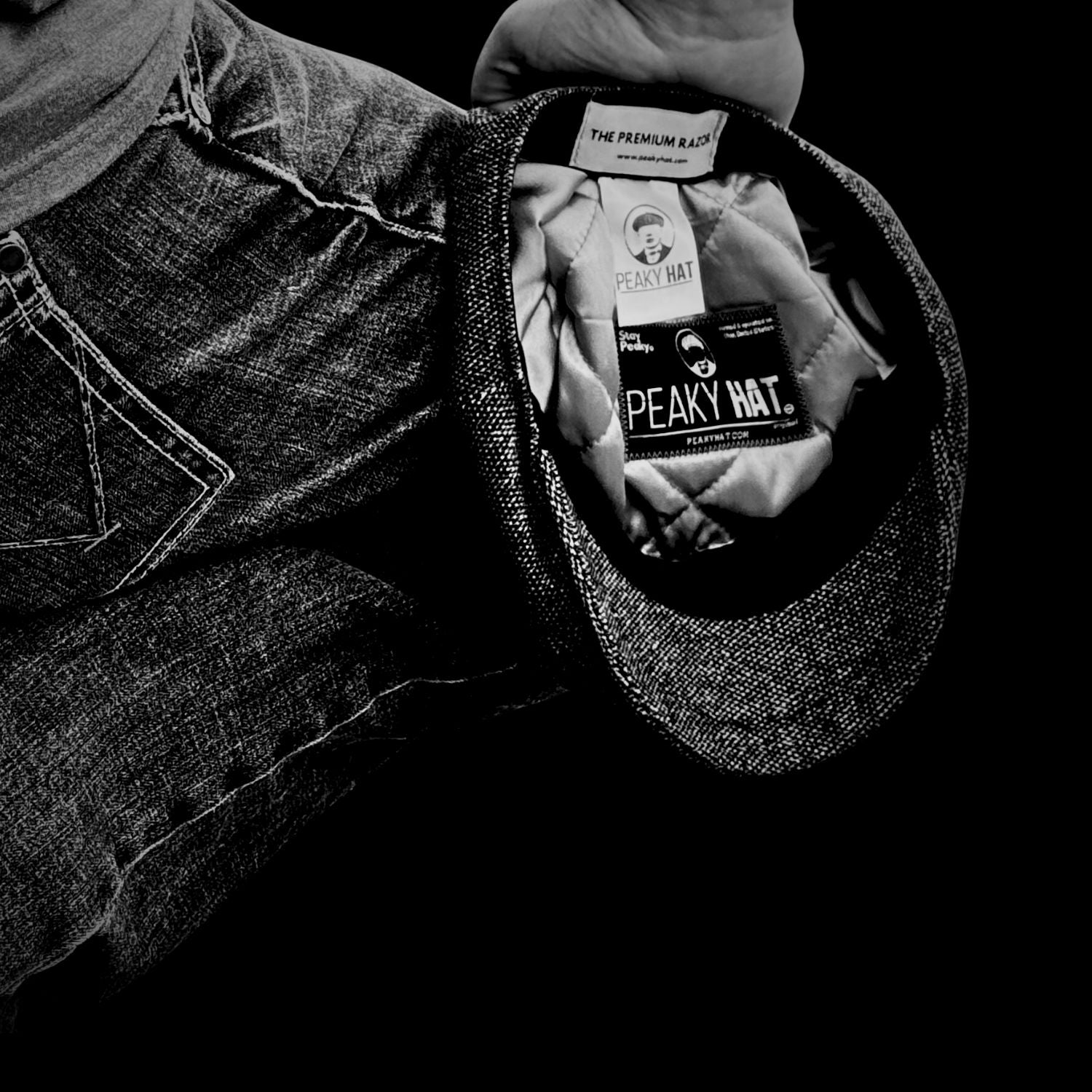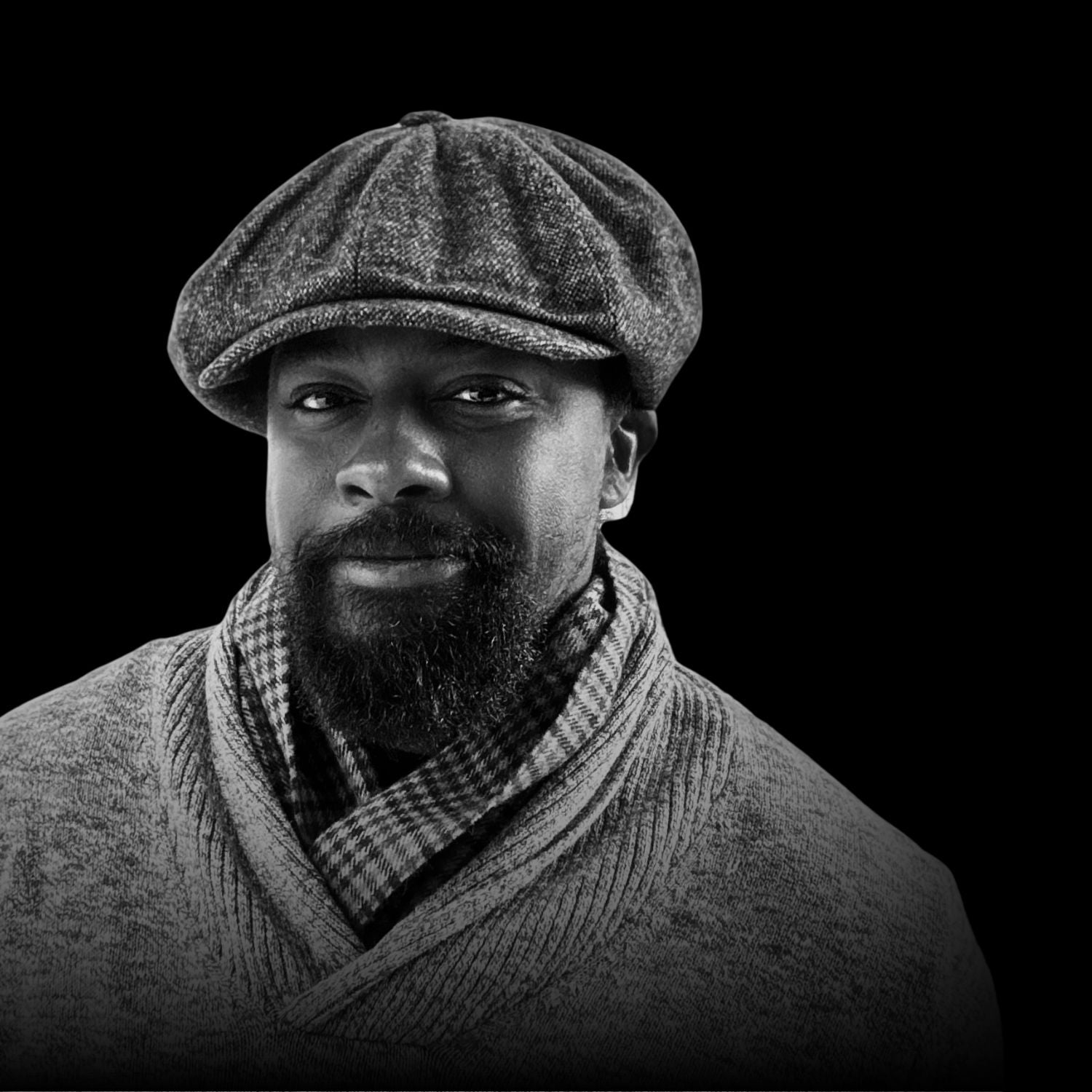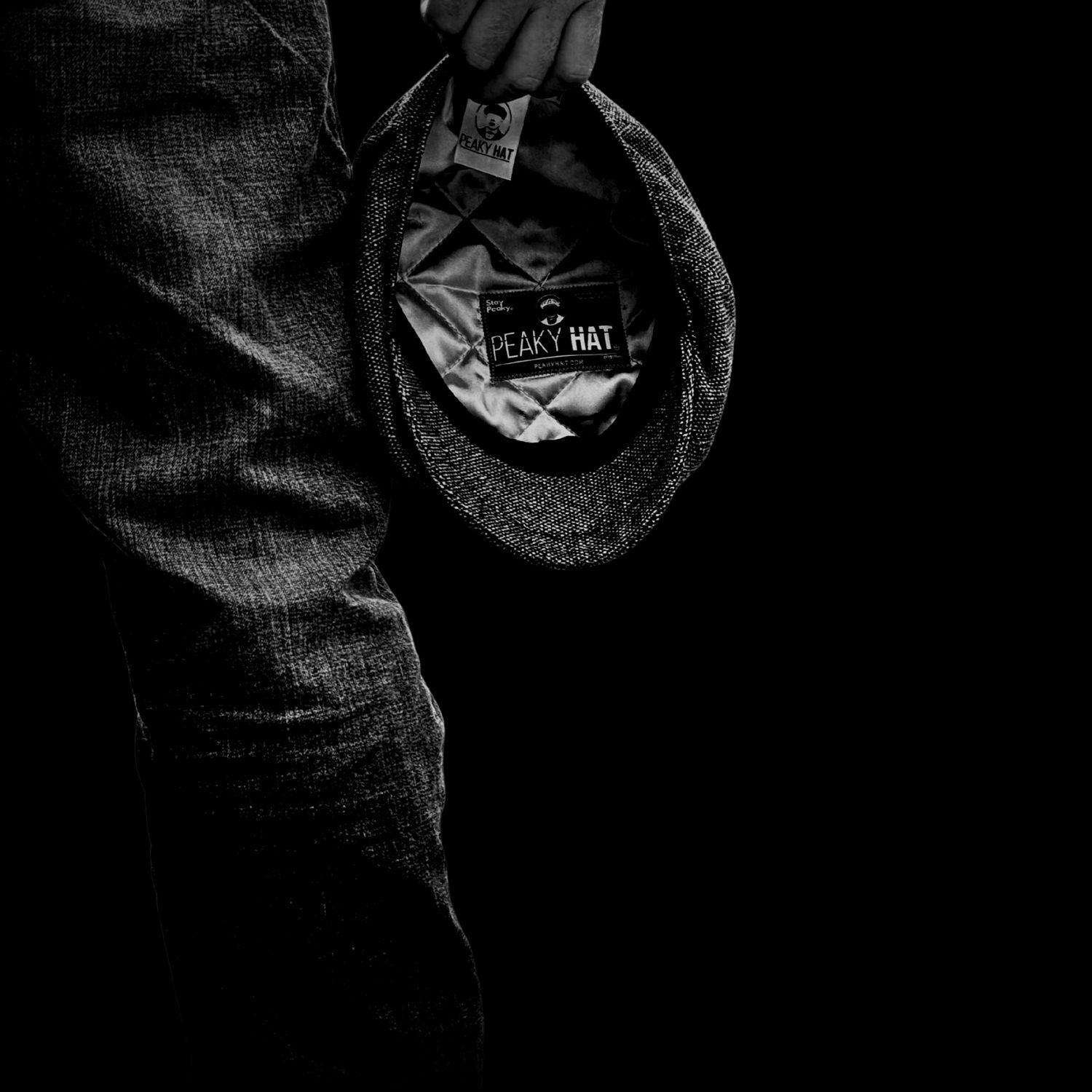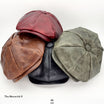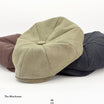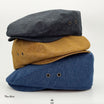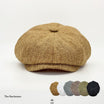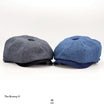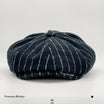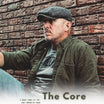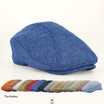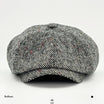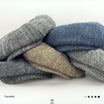The History of Newsboy Caps and Flat Caps in America
Introduction
The traditional newsboy cap and flat caps are more than just vintage-inspired fashion accessories. They are woven into the fabric of American history, carrying with them stories of immigration, industry, and style. From the bustling streets of early 20th-century cities to Hollywood’s silver screen, these caps have left their mark on culture in ways that extend far beyond their working-class origins. Today, their legacy lives on in heritage-inspired designs like Tommy’s OG and The OG Solo.
Origins in Europe
The Flat Cap’s English Beginnings
The flat cap first appeared in 14th-century England, where it was often crafted from wool. By the late 1500s, Parliament even passed laws requiring men to wear wool caps on Sundays and holidays to boost the wool trade. Over time, the flat cap became a hallmark of the British working class but also crossed into gentry style, making it both practical and fashionable.
The Newsboy Cap Emerges
The newsboy cap, also called the Gatsby cap or eight-panel cap, was introduced in the late 19th century. While similar in shape to the flat cap, its fuller crown and paneled design set it apart. The style quickly spread across Europe and became closely tied to young newspaper sellers—hence the name "newsboys." Modern styles like those found in The Blinder Collection echo this same bold design heritage.
Arrival in America
Immigration and Industrialization
At the turn of the 20th century, millions of European immigrants brought their traditions—and their headwear—to the United States. Flat caps and newsboy caps quickly found a place in the wardrobes of working men in America’s cities, especially those in factories, mills, and railroads.
The Newsboy Cap in U.S. Urban Life
By the 1910s and 1920s, the newsboy cap became a symbol of urban grit and determination. Worn by paperboys, dockworkers, steel laborers, and bootblacks, the cap was an affordable, practical choice that also carried a touch of style. Photographs from New York, Chicago, and Boston during this period often show entire city blocks filled with men and boys sporting these caps—a scene that inspires pieces like The Darlaston from our collection.
Cultural Significance in U.S. History
Working-Class Identity
The caps reflected the identity of the American working class, especially among immigrants who sought to blend Old World traditions with New World opportunity. Wearing a flat cap or newsboy cap was a mark of belonging—both to a trade and to a community.
Hollywood and the Jazz Age
By the 1920s and 1930s, Hollywood helped elevate the cap beyond workwear. Actors like James Cagney and Cary Grant wore newsboy and flat caps in films, cementing their association with classic American style. During the Jazz Age, the cap also appeared as casual wear among college students and young men who wanted a sporty look. Today, this same blend of refinement and edge lives on in pieces like The Bob Wayne and our slim-profile newsboy The Wythall.
Decline and Revival
By the mid-20th century, baseball caps began to eclipse flat caps in popularity. Yet the newsboy and flat cap never disappeared entirely. In the 1970s and 80s, heritage fashion brought them back, and in the 21st century, shows like Peaky Blinders have reignited interest, especially in the United States, where they remain tied to vintage and working-class authenticity. At Peaky Hat, designs like The Mourning Tweed continue this revival by combining tradition with modern craftsmanship.
The Cap as a Timeless American Icon
Today, the newsboy cap and flat cap are enjoying a resurgence in American fashion. They are celebrated for their versatility, pairing as easily with tailored suits as with casual denim. More importantly, they serve as a bridge between the country’s immigrant past and its modern identity—a reminder of the grit, resilience, and style that shaped American life. Explore our full collection to see how timeless heritage translates into today’s swagger.
Conclusion
The journey of the newsboy cap and flat cap from Europe to America mirrors the nation’s own story—rooted in tradition, reshaped by immigration, and carried forward by culture. Whether on the heads of factory workers in the early 1900s or today’s fashion-forward enthusiasts, these hats remain a powerful emblem of history and timeless style.

